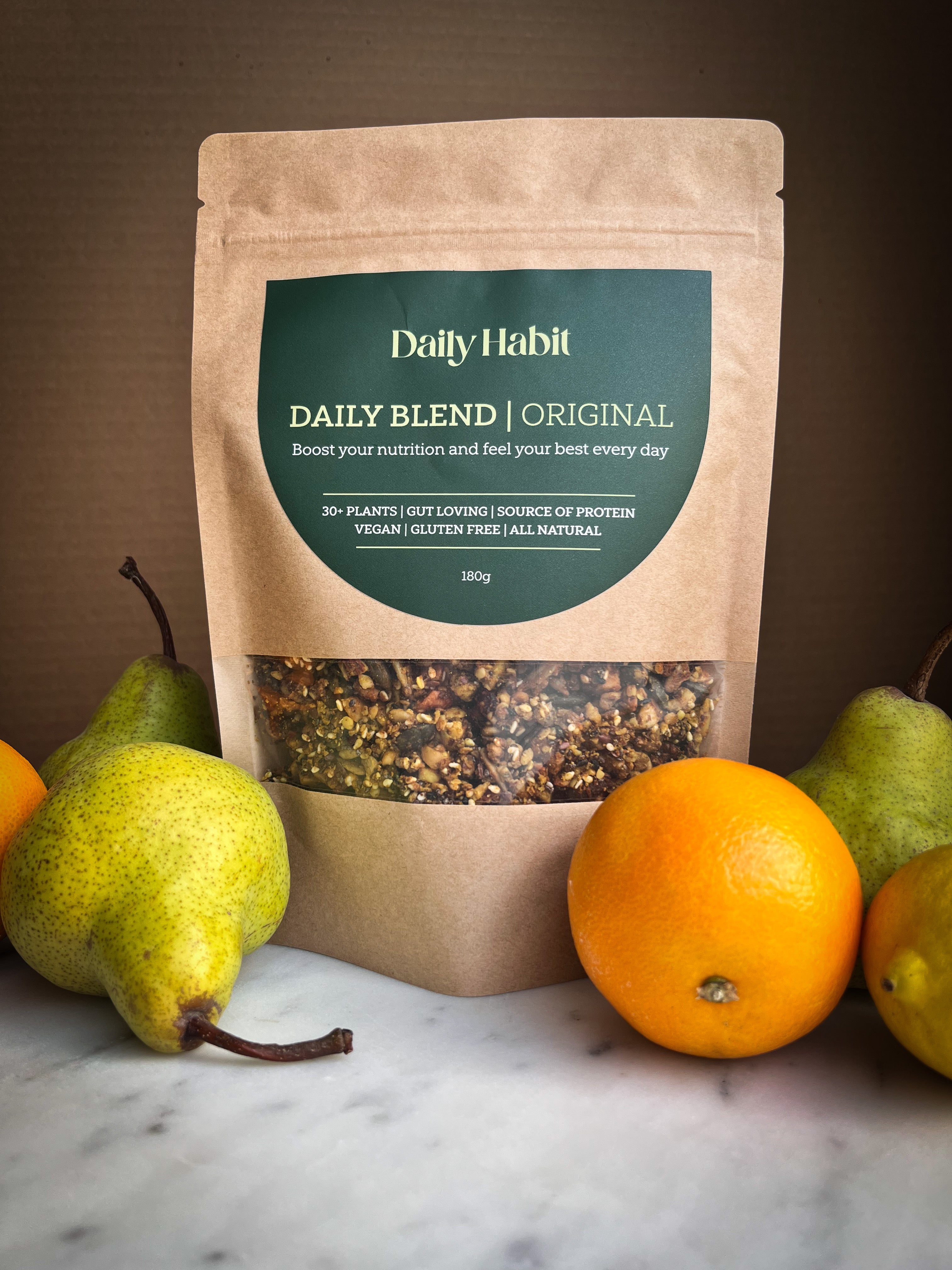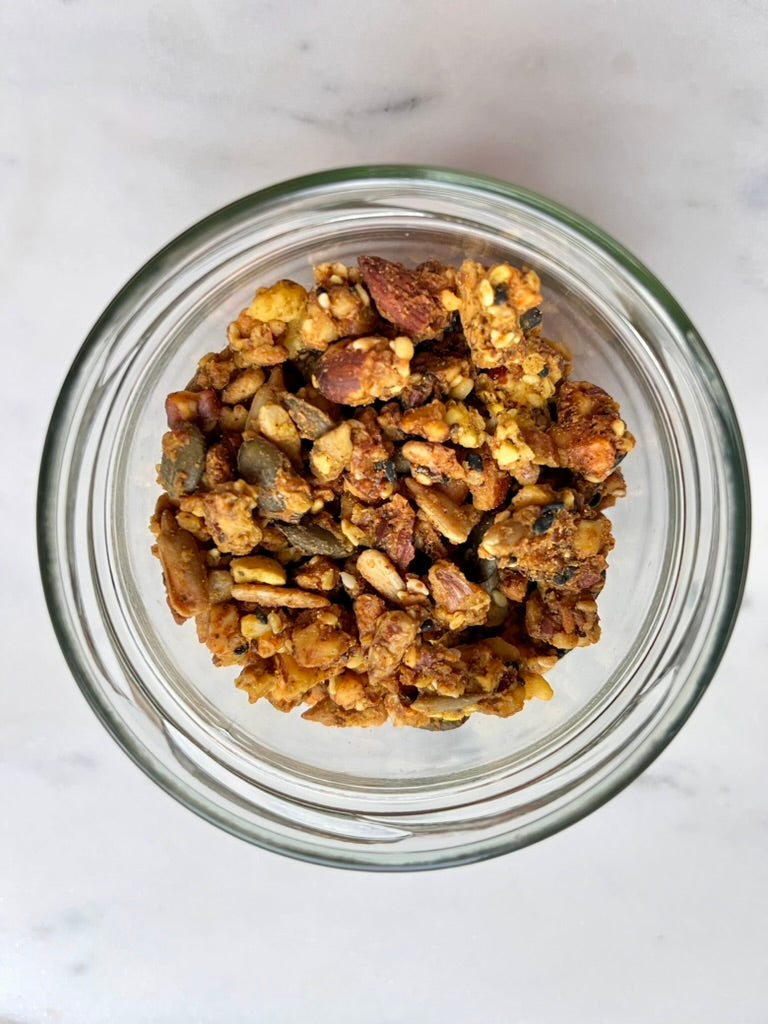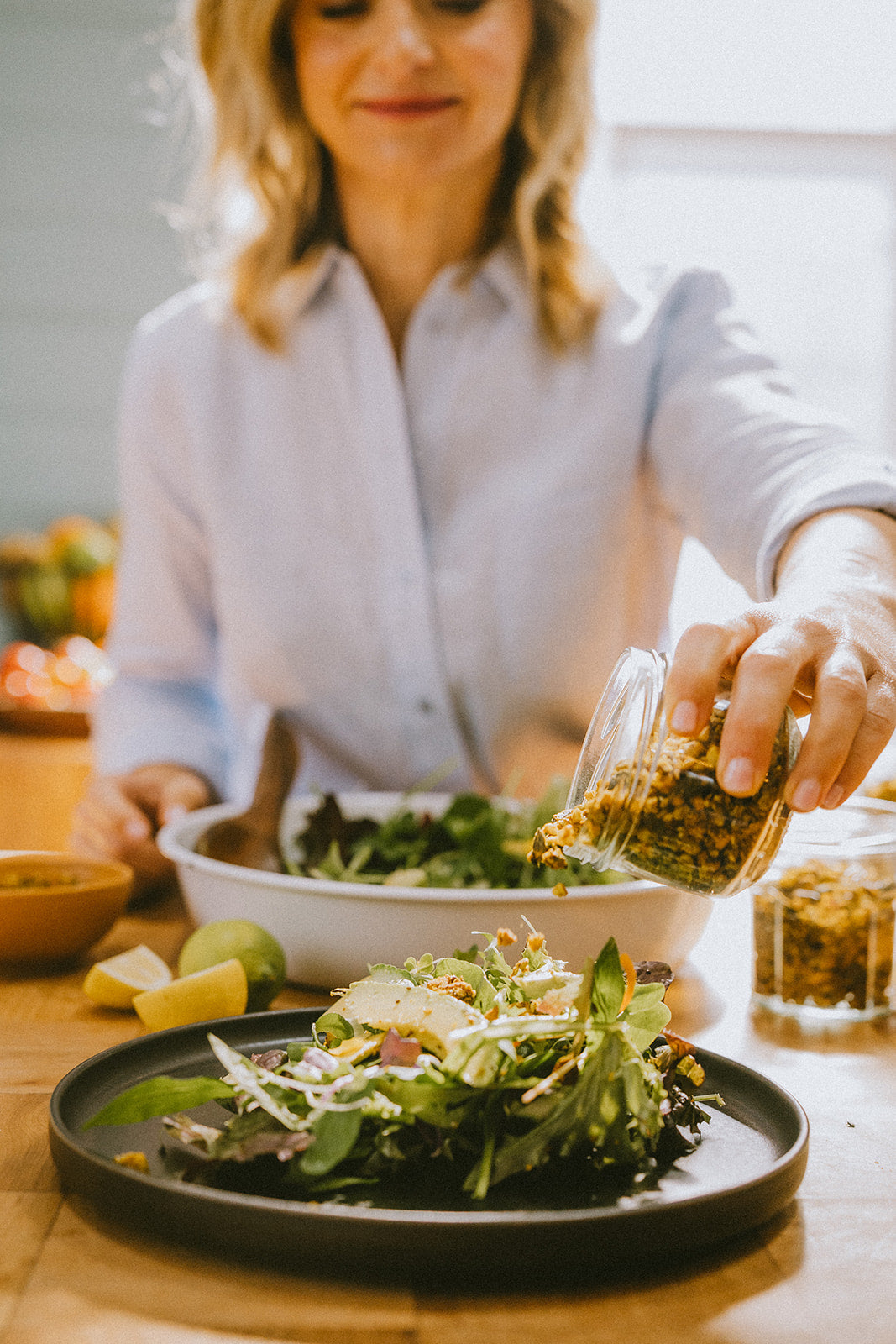An Ancient Remedy for Modern Wellbeing
If you’ve ever wandered through Aotearoa’s coastal or lowland forests, you may have noticed the glossy, heart-shaped leaves of the kawakawa plant (Macropiper excelsum). Often dotted with insect bites (a sign of the plant’s potency) kawakawa is one of the most important native plants in Māori tradition. Both a sacred plant and a powerful medicine, it continues to hold a special place in rongoā Māori (traditional healing) and is now gaining recognition in modern wellness practices.
A Plant of Deep Cultural Significance
For Māori, kawakawa is far more than just a medicinal herb. It carries strong spiritual meaning and is woven into cultural rituals:
- Pare kawakawa (wreaths) are worn by mourners during tangihanga (funerals), symbolising respect and remembrance.
- Branches are sometimes used in blessings and ceremonial practices to cleanse and protect.
- As one of the first plants used in rongoā, kawakawa connects people with both whakapapa (ancestry) and whenua (land).
Traditional Healing Uses (Rongoā Māori)
Kawakawa is renowned for its wide range of therapeutic applications, used both internally and externally. Traditionally, tohunga (healers) prepared it in simple, natural ways:
- Tea (wai rākau): Leaves were boiled in water to make a soothing tonic, supporting digestion, circulation and overall vitality.
- Infusions & decoctions: Taken for colds, stomach complaints and to aid recovery.
- Topical applications: Leaves were heated and applied directly to the skin for wounds, boils, bruises and joint pain.
- Oil infusions: Leaves steeped in oil provided a natural balm for massage, inflammation and skin conditions like eczema.
The Science Behind Kawakawa
Modern research is beginning to confirm what Māori healers have always known. Kawakawa contains a unique blend of bioactive compounds, including:
- Myristicin and elemicin – thought to contribute to its antimicrobial and anti-inflammatory effects.
- Antioxidants and polyphenols – helping protect against oxidative stress.
-
Volatile oils – giving kawakawa its distinctive warming, peppery quality, similar to its cousin, kava.
Together, these properties make kawakawa a natural support for gut health, immunity, circulation and skin healing.
Kawakawa Today
Today, kawakawa is enjoying a renaissance in wellness circles, often crafted into teas, balms, oils and tinctures. You’ll find it in herbal teas for digestion, skincare products for sensitive skin, and even infused into honey or chocolate for a uniquely New Zealand twist.
But while its uses evolve, its roots remain firmly in rongoā. Respecting the cultural significance of kawakawa means acknowledging the mātauranga Māori (traditional knowledge) that has preserved its healing wisdom for generations.
Interesting Modern Uses of Kawakawa
Beyond the traditional teas and balms, kawakawa has made its way into some wonderfully creative modern uses. I’ve sipped a margarita with kawakawa salt on the rim, enjoyed it as a leaf-wrapped bite of seafood, and tasted its warming notes in dark chocolate. In my own kitchen, I use kawakawa powder (finely ground dried leaves) in Daily Blend. It adds a deep, earthy, slightly peppery vibe. I also keep kawakawa salt on hand: simply mix kawakawa powder or crushed dried leaves with sea salt flakes for a seasoning that’s perfect on fish, chicken, meat, or even sprinkled over smashed avocado.
Bringing Kawakawa Into Your Daily Habit
Whether enjoyed as a warming tea, infused into creative modern dishes or in Daily Blend, kawakawa is a beautiful way to connect with nature’s pharmacy. It’s a reminder that many of the answers to modern health challenges can be found in the ancient knowledge of our land.
Kawakawa is a taonga (treasure). If you choose to use it, do so with gratitude and respect for its cultural origins in rongoā Māori.
With love, AM





